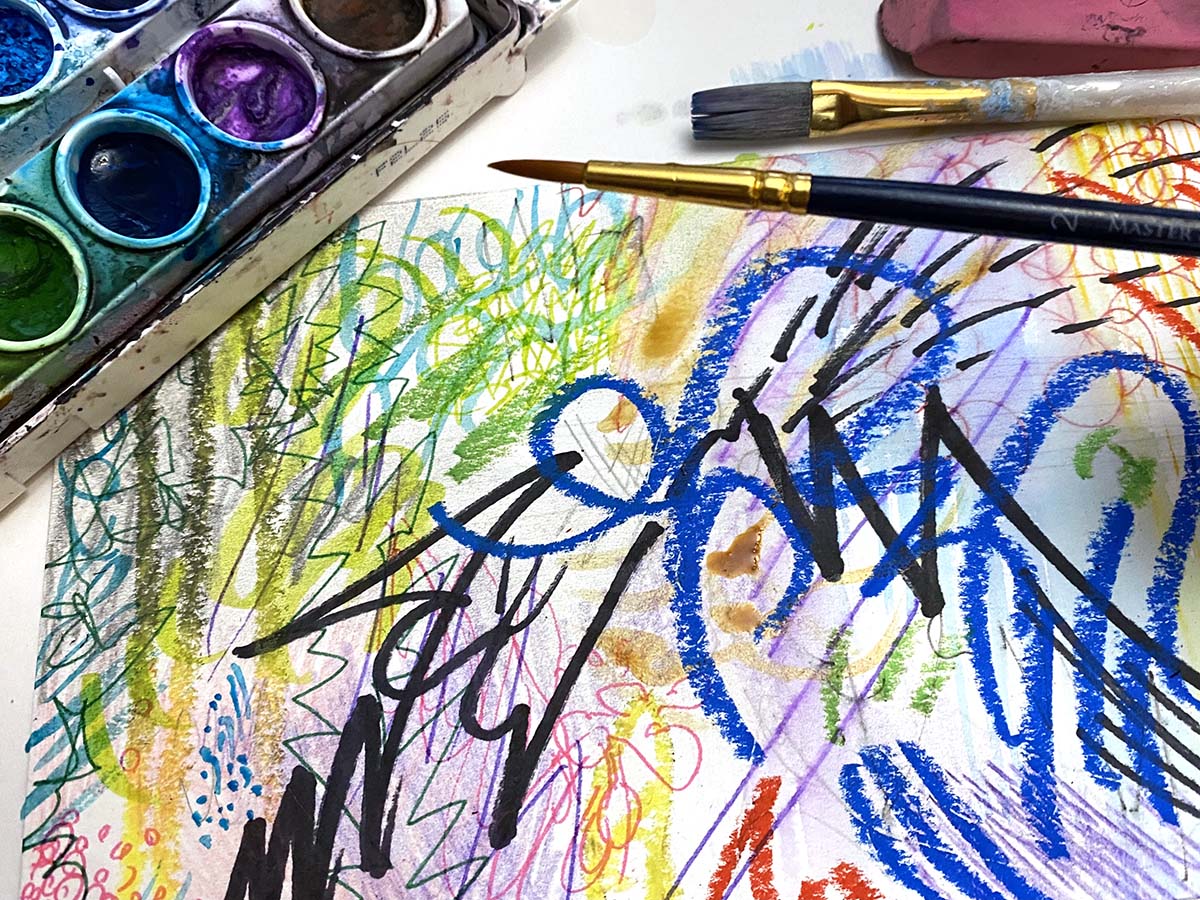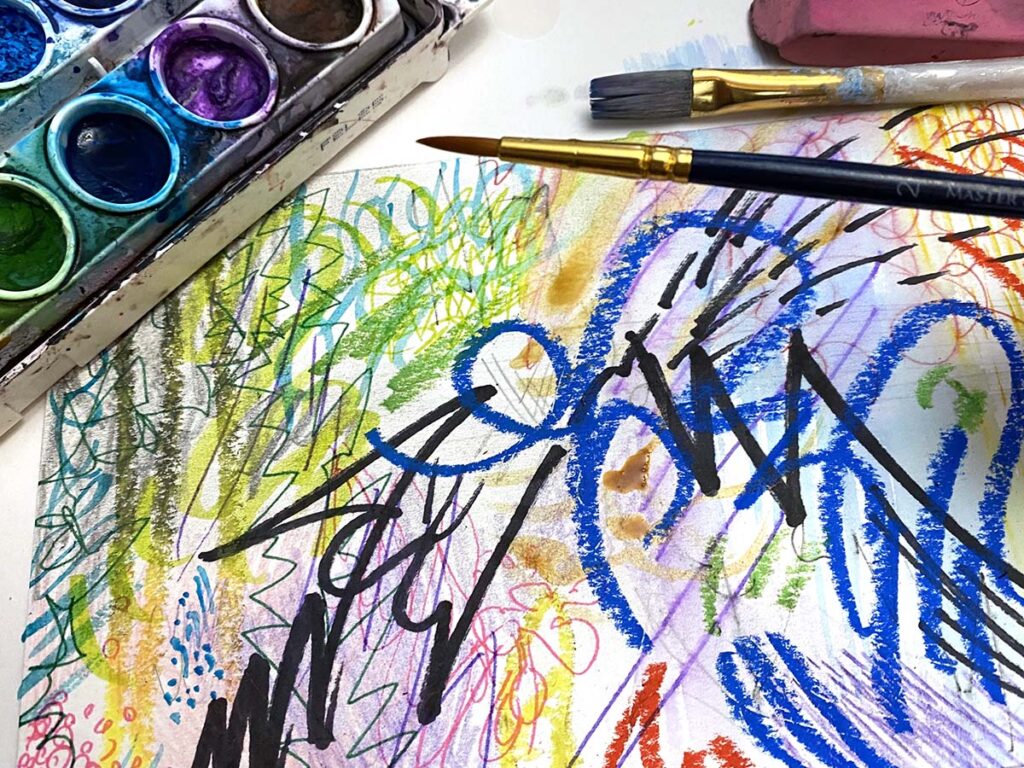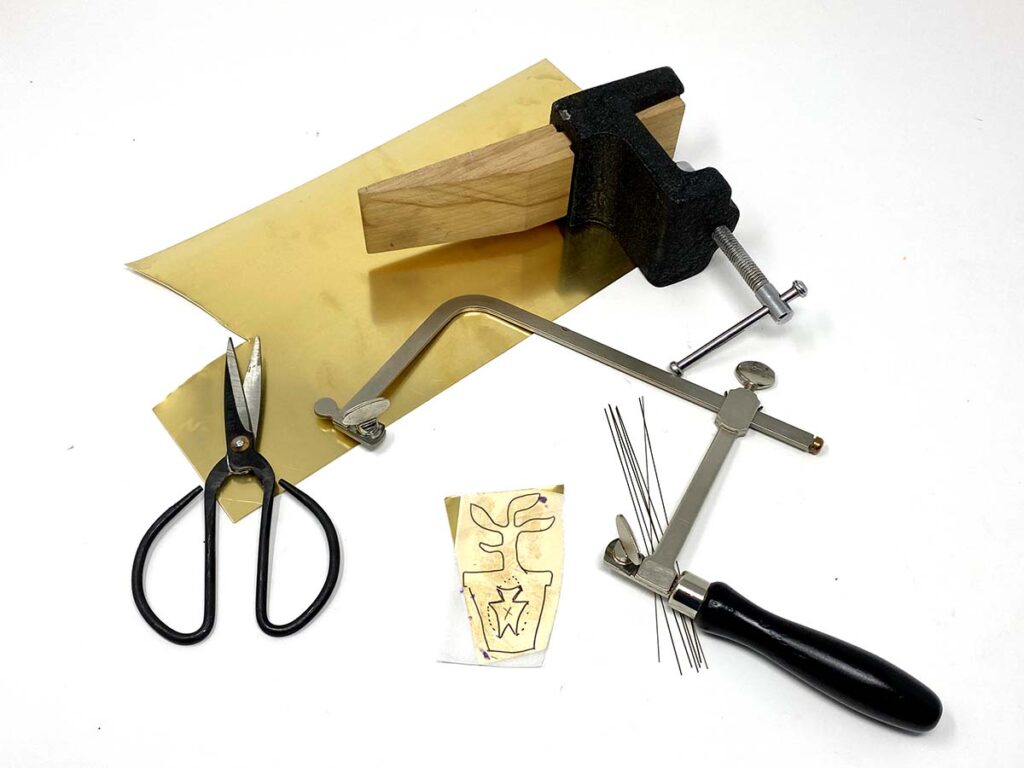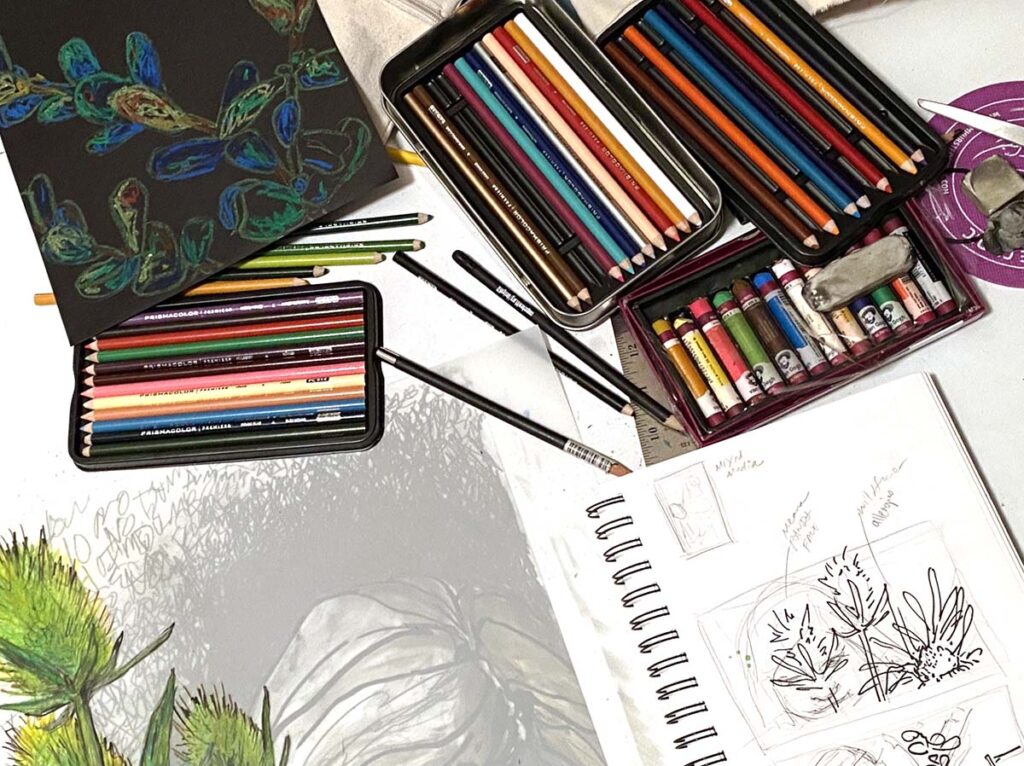“Which one are you? Are you an artist or teacher?”
When I interviewed for my teaching position, I was asked this exact question. What a complicated question! How do you answer it without considering the stigmas that come from either side?
Have you ever felt like these stereotypes apply when you’re asked to choose between the role of artist or art teacher?
Artist all the way: If you are an artist, then you are too focused on your own art to understand how to break it down for students. You are conceptual in your thinking. Students will either pull a fast one on you, or they will have no idea what you’re talking about. Artists only teach about wacky ideas. Their students never become skilled at anything.
Teacher, through and through: On the flip side, maybe you are a teacher at heart. If that’s true, then you have zero clue how to actually make art. You are not skilled in any particular media and let’s hope you can draw a stick figure better than your principal. Each lesson you develop has detailed steps. Students create the same projects with prescribed outcomes. You obviously signed on to be an art teacher to play with clay and have your summers off, right?
Do we really have to choose?
Were you able to choose between artist or art teacher? If you are like me, you will be relieved to know you don’t have to be one or the other. As with anything in life, our creative practices also lie in the muddy gray area of in-between.
Identifying as an artist or an art teacher ebbs and flows based on many factors. You might be too tired, too busy, or not in the mood to create. Maybe you enjoy the process of composing lesson plans or are inspired by dissecting an artist’s work. One day you might enjoy a “sip and paint” class while designing a prototype from scratch meets your creative urge on another.
The truth of the matter is you don’t have to choose.
In fact, don’t feel guilty if you don’t identify as an artist at all! Some of the best teachers don’t create their own unique artwork. Instead, these teachers pour their creative juices into teaching—an art form in and of itself!
There shouldn’t be guilt for not creating consistently. Nobody expects biology teachers to be practicing botanists or English teachers to be writing novels. Just because you are a stellar teacher does not mean you must also be a phenomenal exhibiting artist. Creating art is a personal choice. There are many other ways to tap into your creative mindset.
If you are looking for ways to integrate artmaking into your teaching practice, here are some ways to combine the best of both worlds.
The Art of Lesson Writing
Let’s not sell our teaching practice short. Researching artists and creating lessons is an art form in itself. Analyzing artwork and breaking it down takes a lot of critical thinking. Then, you synthesize all the pieces back together. Making structured, scaffolded, aligned, and meaningful lessons is nothing short of a miracle!
And don’t forget your teaching exemplar. You experiment with materials and carefully consider each step as you go along. You practice your own authentic artistic process as you integrate technical and conceptual skills. The final work has a clear message for its intended audience—your students.
The Art of Balance
Sometimes we want to teach, and sometimes we want to make art. And to be honest, sometimes we don’t want to do either. Creating when you can or want to is very different than feeling the pressure to always create.
Creating for yourself doesn’t make you less of an artist. You might feel that if you aren’t making art to sell or to show in galleries, then you aren’t a “real artist.” This is not true. Plenty of artists enjoy the act of creating without the pressure of putting it out there. Not all art needs to be shared with the masses. If a tree falls in the forest and no one is there to hear, does it not make a sound?
To stave off the pressure of time, try balancing artmaking with your teaching throughout the day.
- Model your artistic practice by working on your own art during studio time or art club.
- Practice mindfulness through visual journaling during lunch.
- Implement sketchnoting during your next professional development or department meeting.
- Brainstorm your next artworks before you drive home for the day.
- Find artists who inspire you and place their artwork around the classroom.
- Integrate new media into your lessons as you explore these ideas for your own artwork.
The Art of Finding You
Your art is defined by you and only you. When we aren’t in teacher mode, we often feel the need to use our artmaking to make a statement or make some extra cash. In reality, what makes you an artist is your art!
What if you don’t create in your “free time”? Does that make you less of an art teacher? Heck no! Whose expectations are those? Think about how you would encourage a student who loves art but doesn’t spend time creating a body of work on a controversial topic or marketing their work for sale. You probably would still call them an artist, so don’t judge yourself any differently.
Where do you land on the artist/teacher spectrum?
Remember, your artist/art teacher identity will shift from day to day, month to month, and through the years. Don’t pressure yourself to create art just because you think it’s what you’re supposed to do. Consider all the other ways you are creative and let go of any expectations. If you have personal goals to make, show, and sell artwork, by all means, work toward them! Only you get to decide how to spend your time when you are away from the classroom.
Where do you land on the artist/art teacher continuum?
What expectations do you feel about being an artist/art teacher?
How do you like to be creative both in and out of the classroom?
Magazine articles and podcasts are opinions of professional education contributors and do not necessarily represent the position of the Art of Education University (AOEU) or its academic offerings. Contributors use terms in the way they are most often talked about in the scope of their educational experiences.








